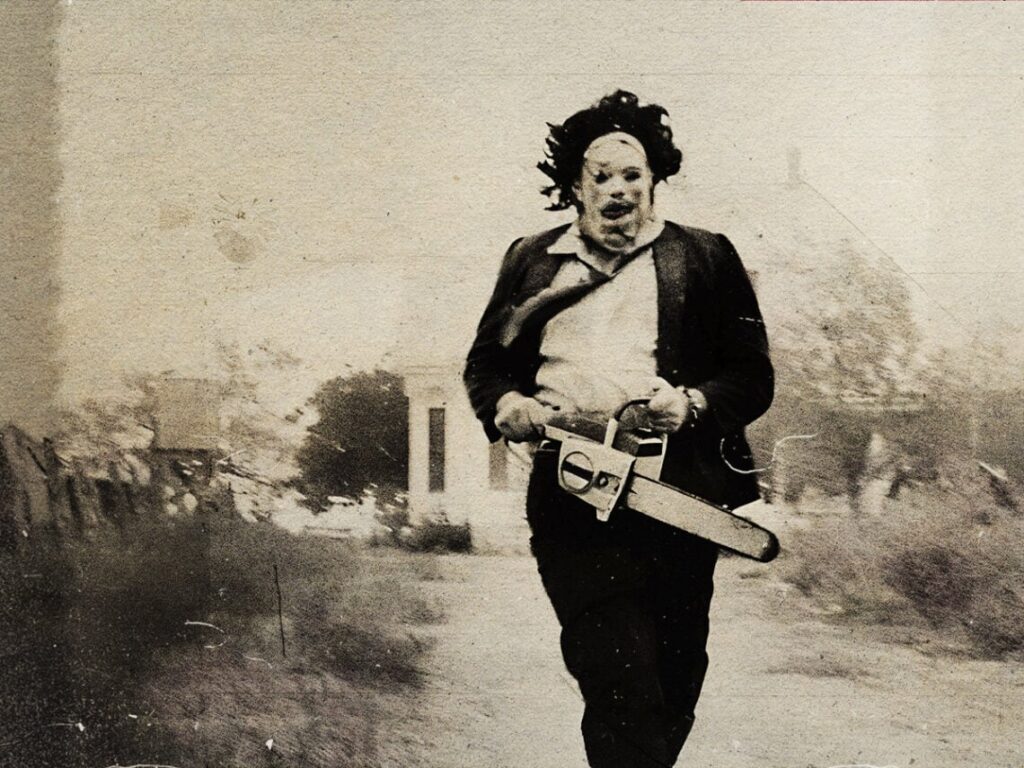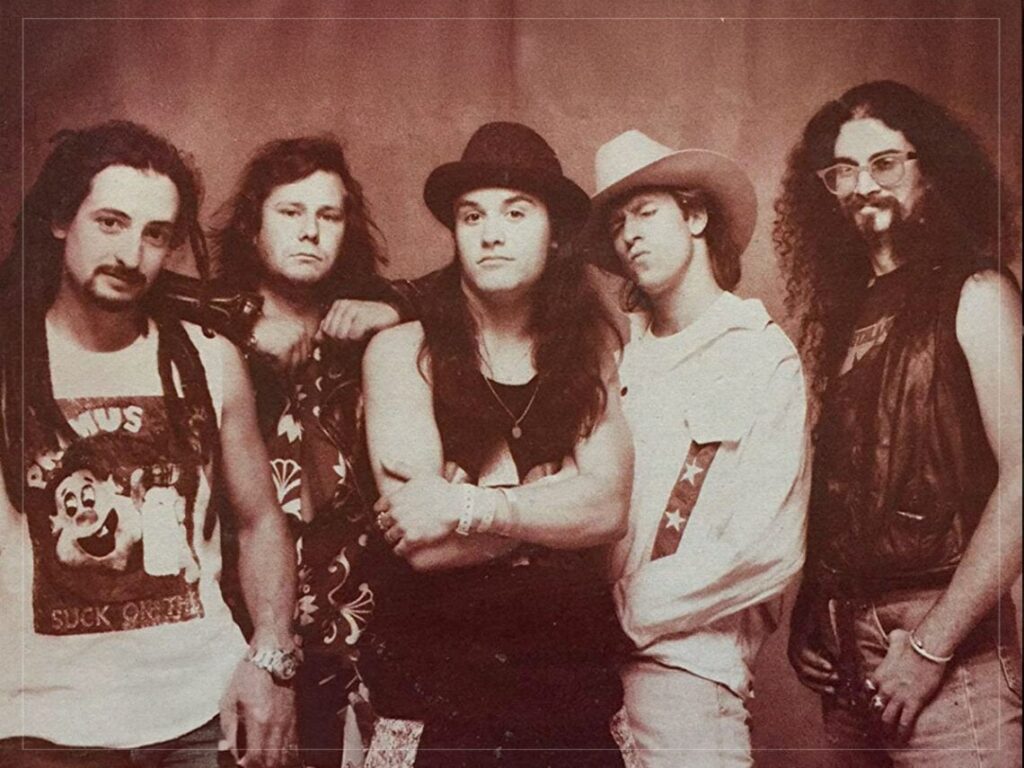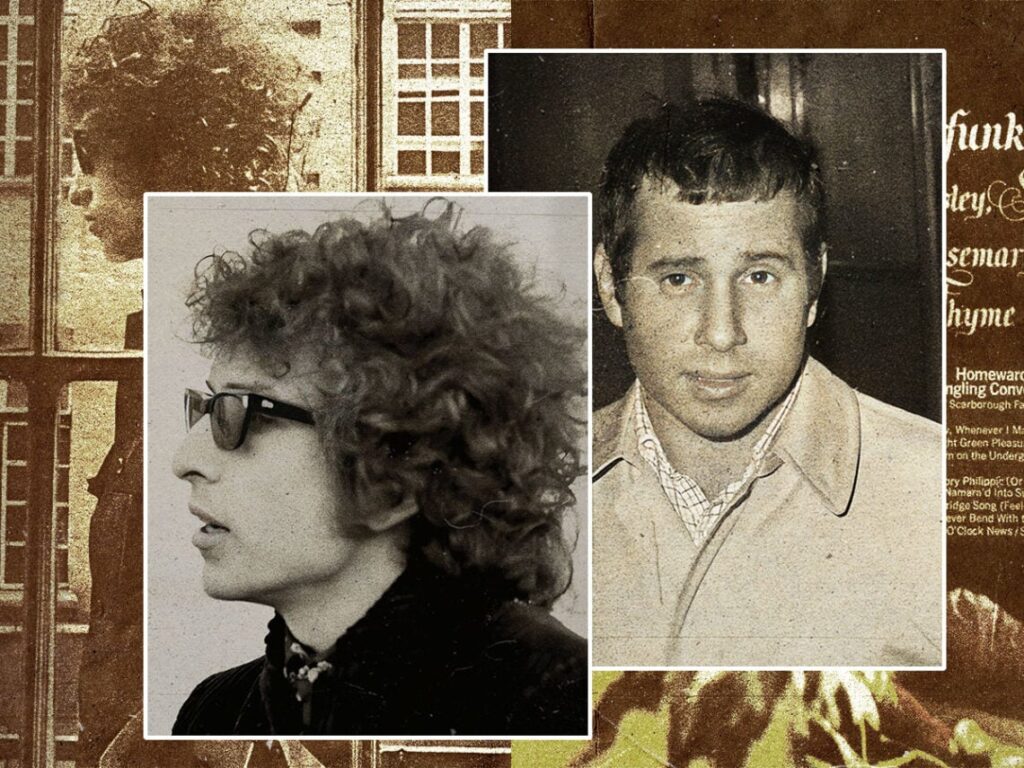‘Eggshells’: Tobe Hooper’s long-lost and utterly mystifying exercise in existentialism
 Posted On
Posted On
(Credits: Far Out / Miramax)
In 1974, Tobe Hooper changed horror forever when his visceral classic The Texas Chain Saw Massacre was unleashed upon an unsuspecting world. That grimy, skin-crawling descent into hell was so effectively harrowing that audiences became convinced they’d seen something they shouldn’t have been allowed to see, all despite it featuring very little gore. It’s still remembered as a titan of the genre today – but the same can’t be said of Hooper’s directorial debut Eggshells. That mystifying exercise in existentialism is confounding to this day, yet still utterly fascinating.
In the 1960s, Hooper plied his trade as a college professor and documentary cameraman in his native Austin, Texas. He also worked in advertising, estimating that he made around 60 commercials through his co-owned Film House company. In 1965, he made a short film entitled The Heisters, and by ’69, he had cobbled together $40,000 to make his feature debut.
The movie would be called Eggshells, and the story—co-written with Kim Henkel, who also wrote TCM with Hooper—concerns a group of young hippies living in a house in the woods. Through their drug-fuelled haze, though, they become aware of a ghostly presence in the basement—and then all sorts of weird, trippy stuff happens.
In Hooper’s own words, the ghost in the basement is a “crypto-embryonic-hyper-electric presence,” and its malign influence can affect the actions of the people living in the house. The ghost is also a guy named Ben Skabarsek, who is a character in a story written by Toze, one of the film’s main characters. In Toze’s tale, Skabarsek lives in the house’s basement and wants to keep it secret when he ascends the stairs to use the bathroom, so he plays his harmonica to cover the noise. According to Hooper’s commentary, Skabarsek is an “ethereal character” who is “kind of a spirit of the psychedelic energy,” and is also “kinda in another dimension actually.” Makes perfect sense, right?
Ultimately, the fact that the movie is difficult to make heads or tails of is incidental. While it’s ostensibly about young people living in a haunted house, it’s too unconventional and rambling to ever have a real A-to-B-to-C narrative. The presence in the basement, known as Skabarsek, is somehow a fictional character from Toze’s story, but it also walks around the house with the characters in certain scenes. They just never interact with it. It’s also never really used for scares.
Instead of setting out to frighten an audience, the movie is much more concerned with the social climate of the period. It’s a counterculture film full of psychedelic colours, free love, and copious amounts of acid. It’s also a political object – after all, it opens with the protagonist attending a Vietnam protest at the University of Texas. The police show up to quash the protest, but Hooper doesn’t portray them as a suppressing force. Instead, he shows some of the hippies shaking their hands. Likely, this was simply a real protest that Hooper managed to get some great shots of, and it adds to the strange reality of the picture.
All in all, then, Eggshells is very much the work of a nascent filmmaker figuring out who he was on the fly. He took all the influences of his life, grafted it onto a loose narrative framework, and had a go at making a film. It wound up playing in Texas cinemas about 50 times and was then lost to history until 2009, when it was restored and re-released at the SXSW Film Festival.
In 2000, Hooper told the Austin Chronicle, “It’s a real movie about 1969. It’s kind of vérité but with a little push. Like a script on a napkin, improvisation mixed with magic. It was about the beginning of the end of the subculture.” He added, “The influences in my life were all kind of politically, socially implanted. And then there was Watergate and [the threat of running] out of gas.”
[embedded content]
Related Topics


